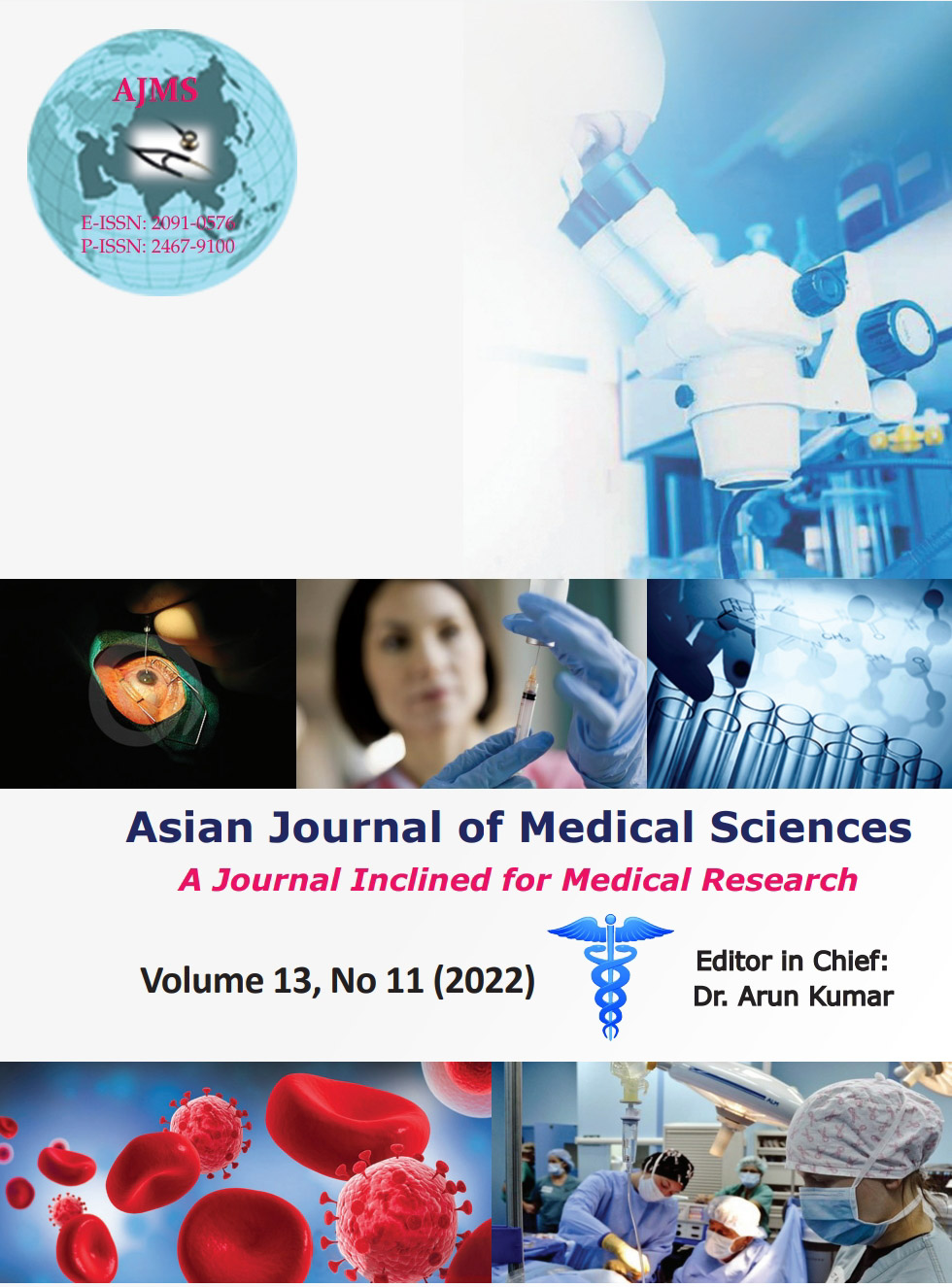Current practices in organization of anesthesia drug tray
Keywords:
Anesthesiology; Drug preparation; Medication safetyAbstract
Background: The risk of medication error is high in the operating room, since the anesthesiologist prepares, stores, and administers the medication. Poor labeling practices and cluttered drug trays increase the risk of syringe swap and medication error. Well-organized drug tray can reduce the incidence of erroneous drug administration and decrease the response time during intraoperative emergencies.
Aims and Objectives: The aim of the study was to determine the attitude and practices of anesthesiologists in organizing drug trays.
Materials and Methods: In the first part of the study, 30 drug trays with 209 syringes were observed before and after the procedure for 14 parameters. At the end of the procedure, a questionnaire was given to the anesthesiologists involved about their knowledge of labeling and organizing drug tray.
Results: All the labels were handwritten with 139 (74.7%) syringes labeled circumferentially, and 47 (25.2%) syringes labeled vertically. Unlabeled syringes found were 23 (11.0%). Labels were legible in 168 (90.3%) syringes. Syringes were not found to be replaced in their designated place according to the template at the end of surgery in 7 (23.3%) trays. About 66.7% of anesthesiologists had experienced incorrect pickup of the syringe and 40.0% of anesthesiologists reported that they rely on other pointers apart from the label to identify the drug.
Conclusion: This study identifies the variation of practices in labeling, organizing, and maintaining drug tray among anesthesiologists. Adherence to institutional protocol, eternal vigilance, and improvement in error reporting practice would minimize the incidence of medication error.
Downloads
Downloads
Published
How to Cite
Issue
Section
License
Copyright (c) 2022 Asian Journal of Medical Sciences

This work is licensed under a Creative Commons Attribution-NonCommercial 4.0 International License.
Authors who publish with this journal agree to the following terms:
- The journal holds copyright and publishes the work under a Creative Commons CC-BY-NC license that permits use, distribution and reprduction in any medium, provided the original work is properly cited and is not used for commercial purposes. The journal should be recognised as the original publisher of this work.
- Authors are able to enter into separate, additional contractual arrangements for the non-exclusive distribution of the journal's published version of the work (e.g., post it to an institutional repository or publish it in a book), with an acknowledgement of its initial publication in this journal.
- Authors are permitted and encouraged to post their work online (e.g., in institutional repositories or on their website) prior to and during the submission process, as it can lead to productive exchanges, as well as earlier and greater citation of published work (See The Effect of Open Access).




